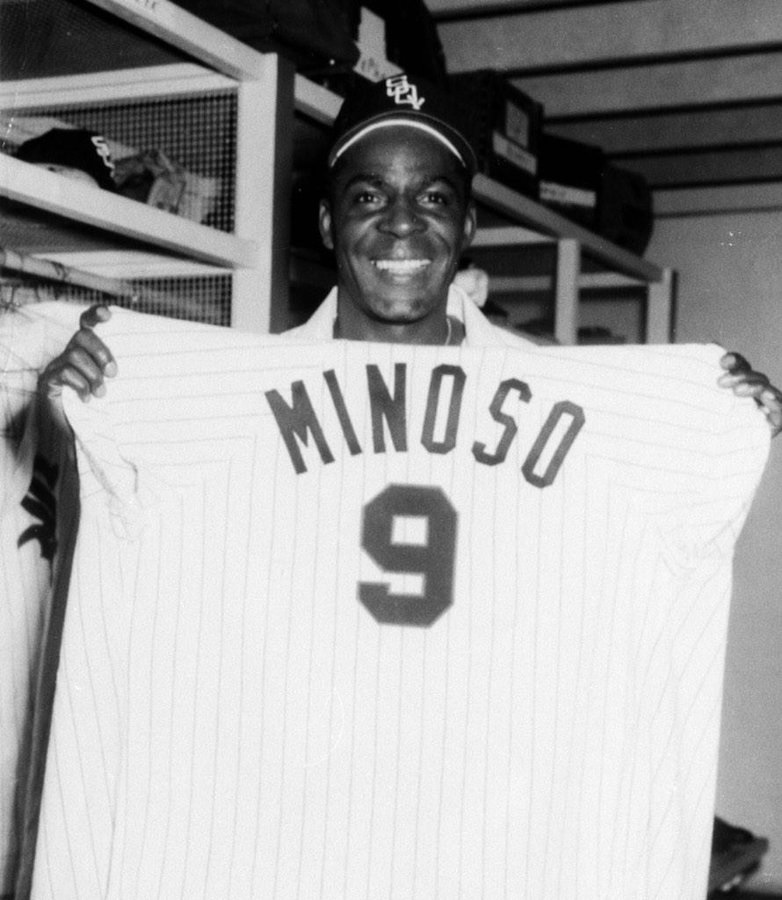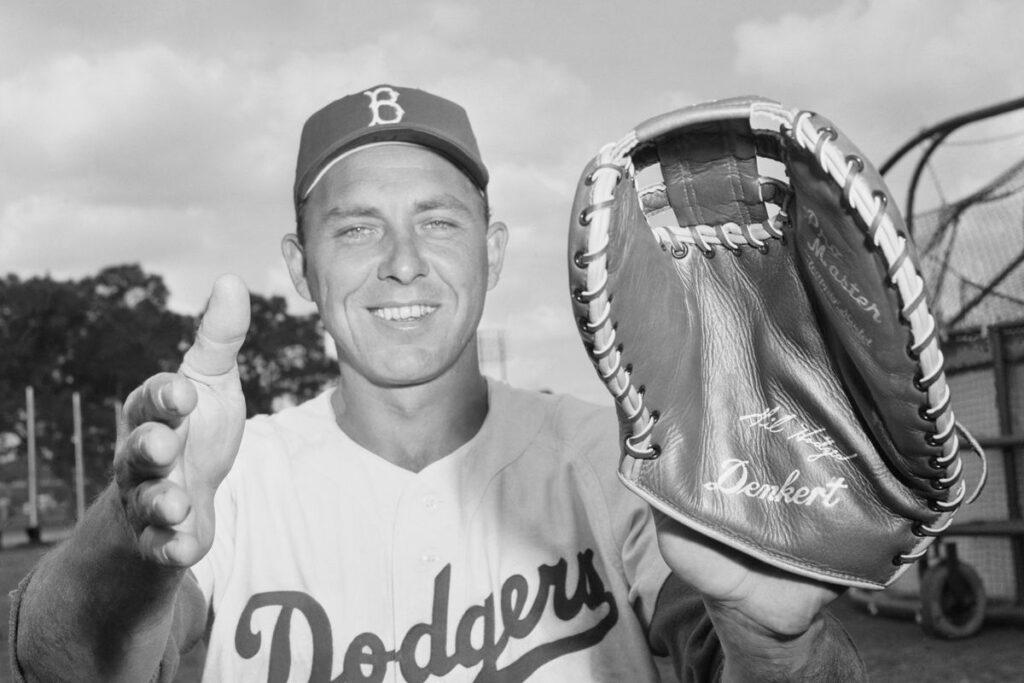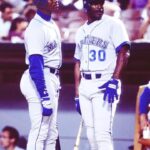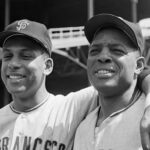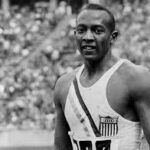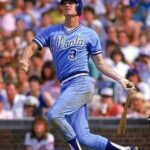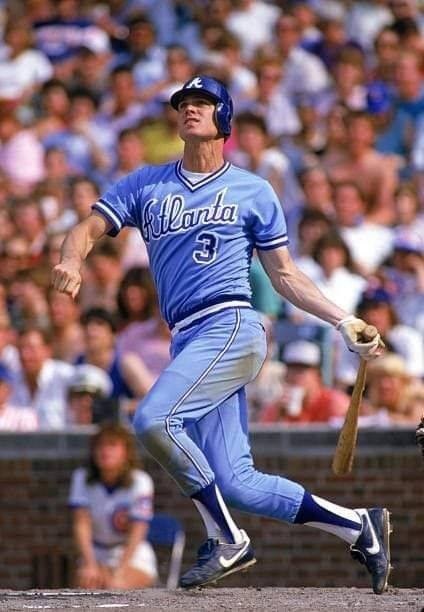2022 Baseball Hall of Fame Inductions: Better Late Than Never
The 2022 Baseball Hall of Fame induction class is quite interesting as it includes a recent star with a questionable history and then several greats from past eras who waited far too long for Hall of Fame induction.
Based on career numbers and post season success, there seems little doubt that David Ortiz has the credentials to enter the Baseball Hall of Fame. However, given that many other greats from recent eras with similar association with the steroid era have been shunned by the Hall of Fame electorate, it seems a bit odd (and perhaps hypocritical) that Ortiz is being inducted in his first year of eligibility.
It seems clear that the reason Ortiz is being inducted in the same year that Barry Bonds and Roger Clemens roll off the ballot after a decade of receiving below the voter threshold is related almost totally to likeability. Even before they became the poster boys for the steroid era, Clemens and Bonds were seen as surly and self-absorbed. They were unquestionably among the top talents of their era, but that was not enough for either of them. When their bodies started the natural breakdown associated with baseball players in their 30s, they fought back with banned substances and ultimately posted otherworld numbers into their 40s.
The career of Ortiz is quite different. He was an inconsistent power-hitter in six seasons with the Minnesota Twins. In 2002 he posted career-high numbers in home runs (20), RBI (75), Slugging Percentage (.500) and OPS (.839), but still struggled against left-handed pitchers (.203 average, .637 OPS) and was released following the season in a cost-cutting measure.
As they say, “the rest is history”. Ortiz signed with the Boston Red Sox as a free agent in December 2002 and quickly became a key component of the most successful era of Boston Red Sox baseball in 100 years. He helped the Red Sox break the Curse of the Bambino by winning the 2004 World Series and ultimately won three World Series rings with the Red Sox.
Ortiz was one of the most consistent sluggers in baseball from 2003 until his retirement in 2016. He averaged 34.5 home runs and 109 RBI in 14 seasons with the Red Sox.
In 2009, Ortiz was included on a list of over 100 MLB players who allegedly tested positive for banned substances during the 2003 spring training. The report was later questioned for a number of reasons and in 2016 MLB Commissioner Rob Manfred said it was “entirely possible” that Ortiz did not test positive for steroids in 2003.
As a life-long fan who lived through the oversized statistical performances of the steroid era, the career of Ortiz fits perfectly into the narrative for someone who used performance enhancing substances to achieve greatness. He was a mediocre player in Minnesota who had some power, but couldn’t hit left-handers.
If we are to believe the narrative of the Ortiz supporters, it was consistent playing time, the friendly confines of Fenway Park and being part of a top-level lineup that accounts for Ortiz’s evolution from a mediocre player to a Hall of Famer.
The purpose of this article is not to harp on the likelihood that Ortiz “had help” in achieving his 14 years of sustained success in Boston. However, given that his Boston teammate and close friend Manny Ramirez is among those relegated to the steroids junk pile, he had at least one occasion where he was linked to steroid use and that Ortiz’s career trajectory fits the steroids narrative, it is at least entirely possible that Ortiz used performance enhancing drugs at some point during his career.
That is where his likeability factor comes into play. If you watched the All-Star Game last week, you saw Ortiz conduct player interviews in the dugout during the contest. That is something Bonds, Clemens, Sammy Sosa, Rafael Palmeiro and just about any of the other former players who have been ostracized by the Hall of Fame electors would never be asked to do. In addition, Ortiz is playing the baseball version of Terry Bradshaw with the Fox promo of “winning Papi’s money”.
Because Ortiz has been popular and well-liked since bursting onto the scene with the Red Sox in 2003, he is given a pass related to potential PED use in a way most others from that era are not. But even with that pass, his selection as a first-ballot pick was not a slam-dunk. He received only 77% of the votes, just 2% above the 75% threshold, so there were some HOF voters who saw the similarities between Ortiz and the others they have held out of the HOF.
Interestingly, while Ortiz is being inducted perhaps earlier than he deserves, the best thing you could say about the ridiculously long wait for the other six 2022 inductees is “better late than never.”
Gil Hodges and Minnie Minoso were perennial All-Star players throughout the 1950s. Hodges was a key part of the Brooklyn & Los Angeles Dodgers while the Cuban-born Minoso was among the first black stars in the league.
Here are links to previous articles I wrote about the careers of Hodges and Minoso and why they long ago deserved to be inducted into the Baseball Hall of Fame.
Jim Kaat and Tony Oliva were teammates on the 1965 American League Champion Minnesota Twins, but their paths to the HOF were quite different. Oliva was like a comet as he posted eight top tier seasons, including three batting titles and finishing second in the AL MVP voting twice, before injuries derailed his career. He ultimately played in parts of 15 seasons, but while his .304 career batting average is Hall of Fame worthy, his 220 home runs and 947 RBIs reflect that he did not have a 20-year career as a stat-compiler unlike some others who have previously earned the HOF nod. Here is a link to a more detailed article about the career of Tony Oliva.
On the other hand, Kaat does fit the stat-compiler moniker. He pitched in four different decades over 25 seasons with five franchises. Kaat was 20 years old in 1959 when he began his career with the Washington Senators. By the time the team moved to Minnesota in 1961, he was becoming an established left-handed starter. He won 18 games in 1962 & 1965 and in 1966 he led the league with 25 victories while posting a 2.75 ERA.
After winning 190 games in 15 seasons with the Twins, Kaat had back-to-back 20+ win seasons for the Chicago White Sox in 1974 & 1975. He pitched an additional eight seasons in the league before retiring in 1983 at the age of 44 with 283 career wins.
While Kaat was an outstanding pitcher, he was also considered the best fielding pitcher in the league. He won 16-straight Gold Glove awards as the top fielding pitcher in the league.
The final two members of the Baseball Hall of Fame class of 2022 Bud Fowler and Buck O’Neil are the latest stars from the segregated era of baseball to earn plaques in Cooperstown.
Bud Fowler is the earliest known African American player in professional baseball. Buck O’Neil was a player and manager in the Negro Leagues. He also was the first African American coach in MLB. He is known to many as one of the voices of the 1994 documentary series on baseball by Ken Burns and like Hodges and Minoso should have been inducted into the HOF many years ago.
Even though the time it took each of these seven Hall of Famers to enter the shrine is questionable, all deserve to be celebrated for their valuable impact on the history of baseball.
